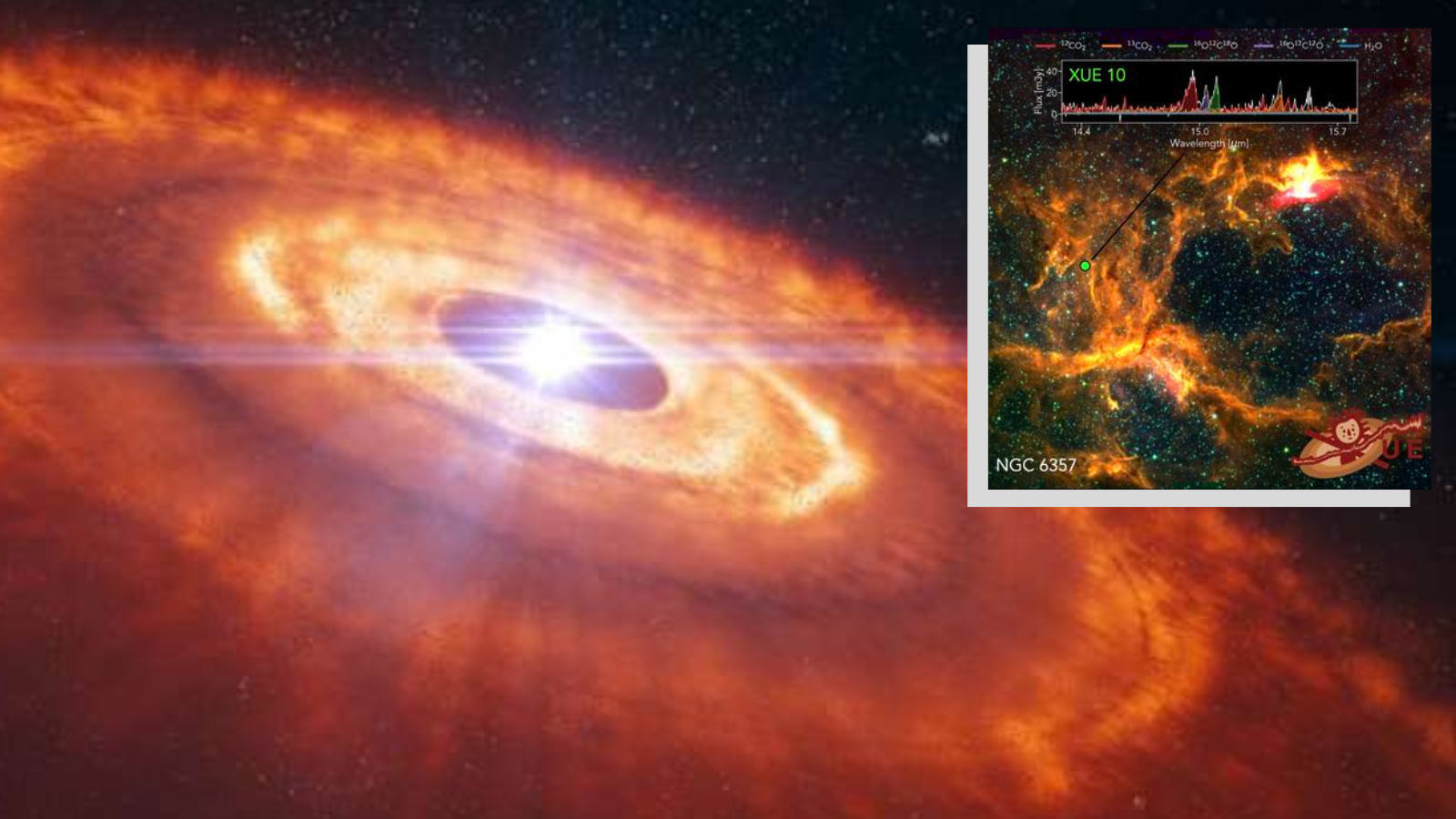Failure was not an option: NASA's Apollo 13 mission of survival in pictures
On April 11, 1970, NASA launched three Apollo 13 astronauts to land on the moon. But disaster struck on the way to the moon, and the lunar landing was scrapped. See Apollo 13's epic mission of survival from start to finish in this photo gallery.
Related: How Apollo 13's dangerous survival mission worked (infographic)
Apollo 13 crew
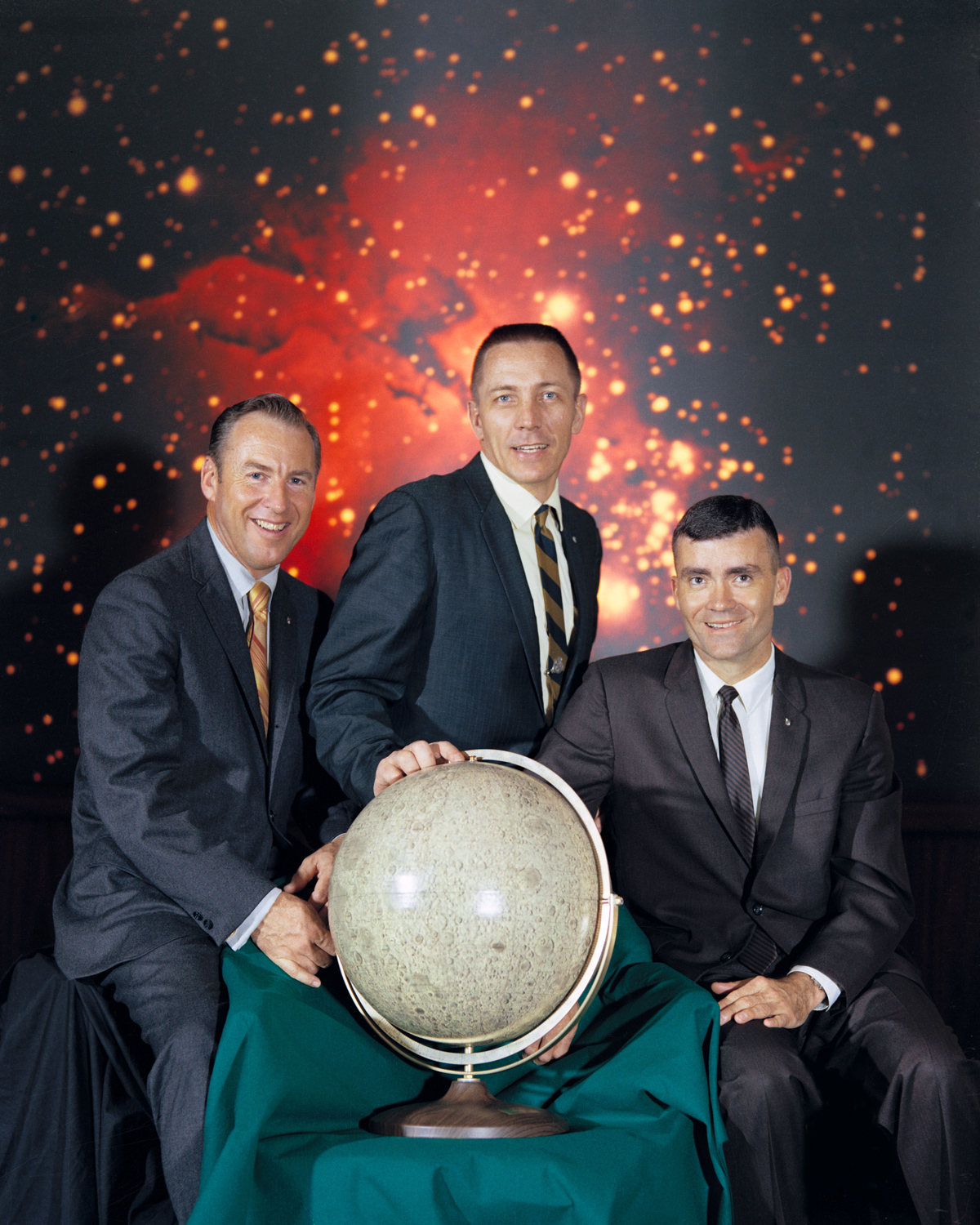
The crew of NASA's Apollo 13 lunar landing mission, poses for a group photo shortly before the mission launched in April 1970. From left to right: Apollo 13 Cmdr. Jim Lovell, command module pilot Jack Swigert, and lunar module pilot Fred Haise.
Lunar training
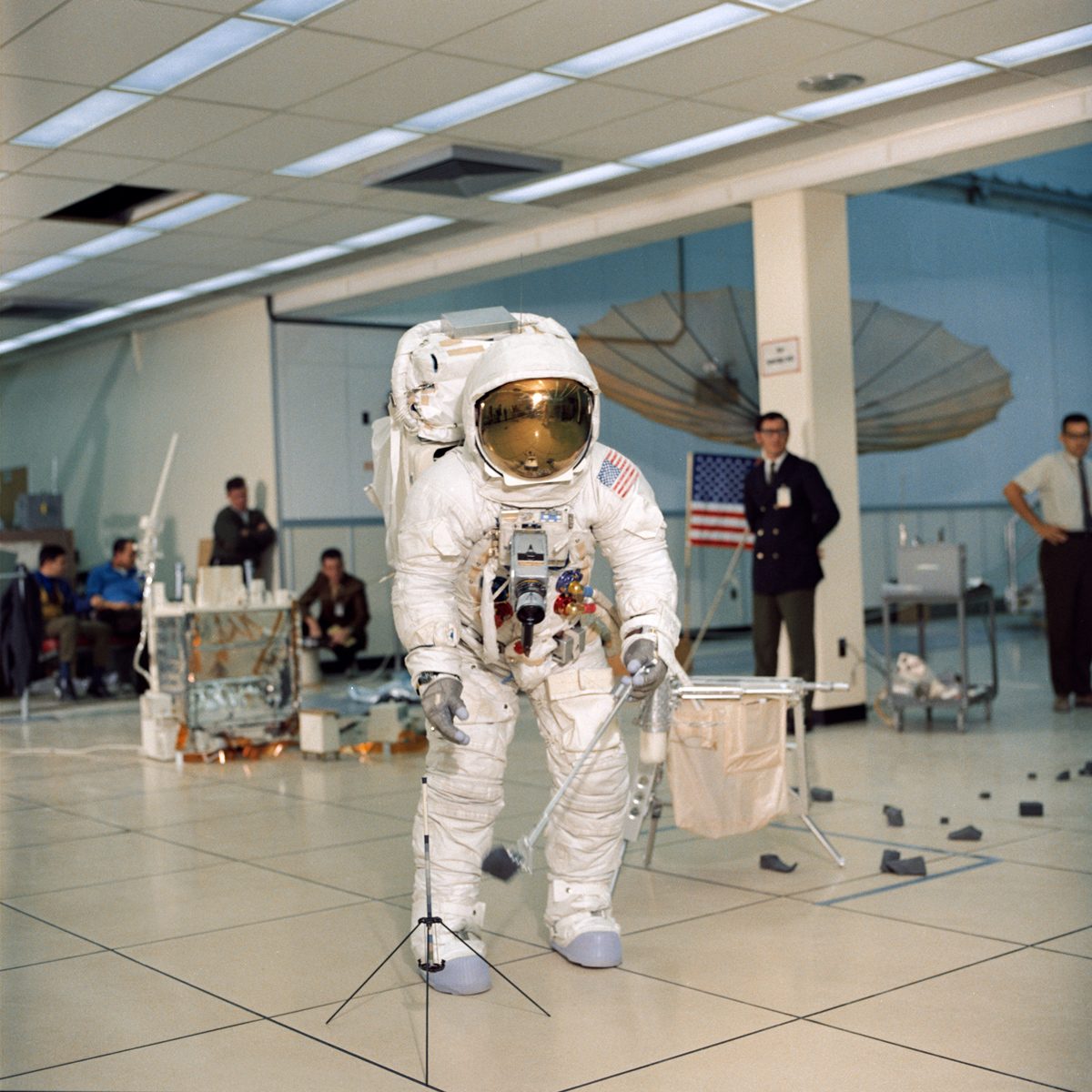
As part of training exercises at NASA's Kennedy Space Center in Florida, astronaut Jim Lovell, commander of the Apollo 13 lunar landing mission, simulates an extravehicular activity on the lunar surface — also known as a "moonwalk" — while inside the Flight Crew Training Building. Lovell is holding an Apollo Lunar Hand Tool in his left hand and is wearing an Extravehicular Mobility Unit (EMU) spacesuit. In front of Lovell is a gnomon (a sundial-like tool on a tripod), and behind him to the right is a tool carrier.
Getting ready for the moon
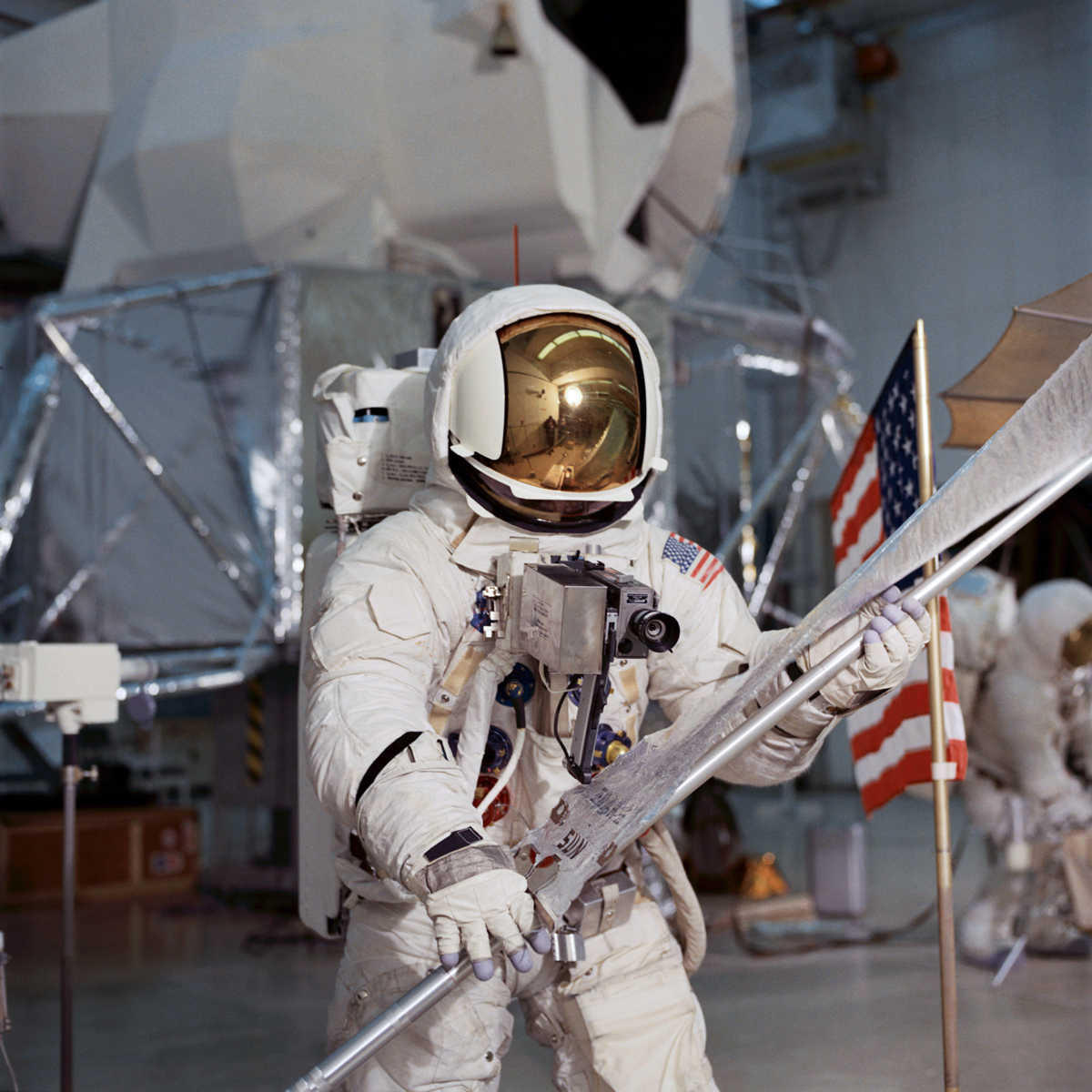
Apollo 13 lunar module pilot Fred Haise completes lunar surface training exercises inside the Kennedy Space Center while preparing for extravehicular activities on the moon. Haise is wearing an Extravehicular Mobility Unit as he carries the Solar Wind Composition Experiment, which consists of an aluminum foil sheet deployed on a pole facing the sun.
Heavy lifting
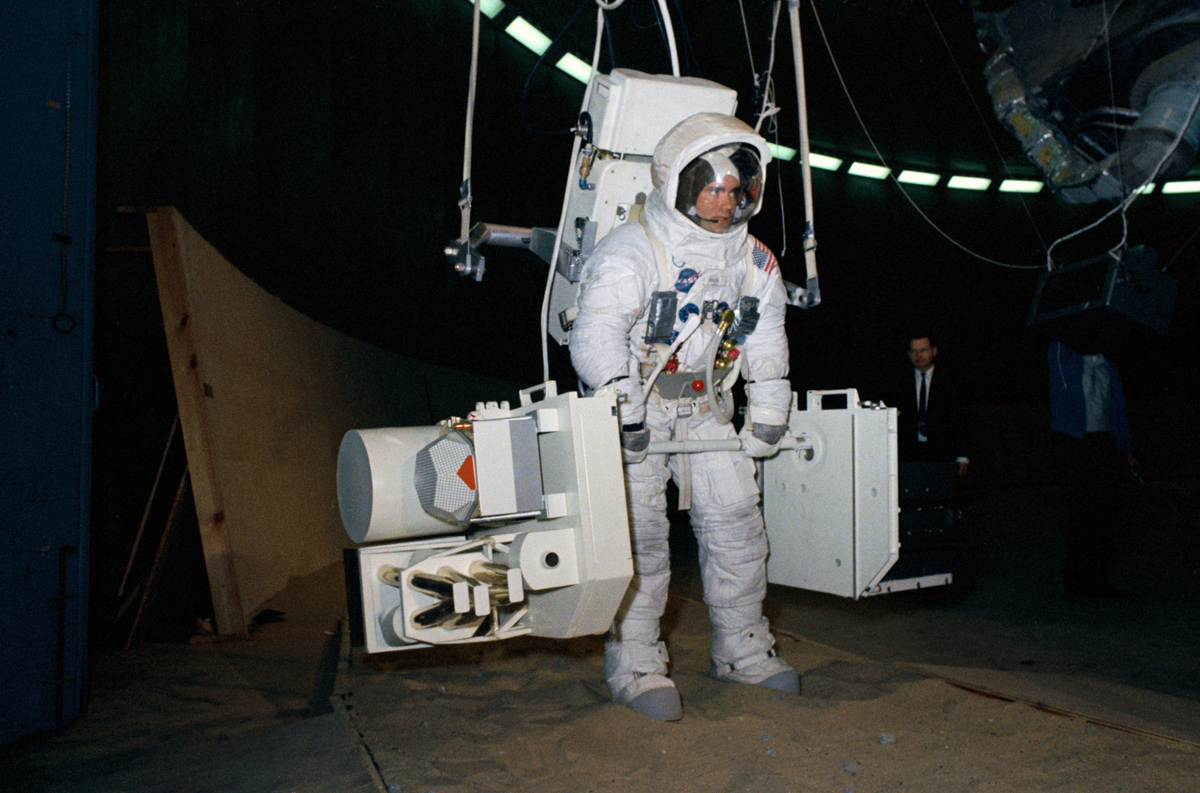
On Jan. 19, 1970, Apollo 13 lunar module pilot Fred Haise practices his moonwalking skills inside the Manned Spacecraft Center (now known as the Johnson Space Center) in Houston. Haise is shown here with a version of the Apollo Lunar Surface Experiments Package as he walks attached to the "Six Degrees of Freedom" simulator.
Lying down on the job?
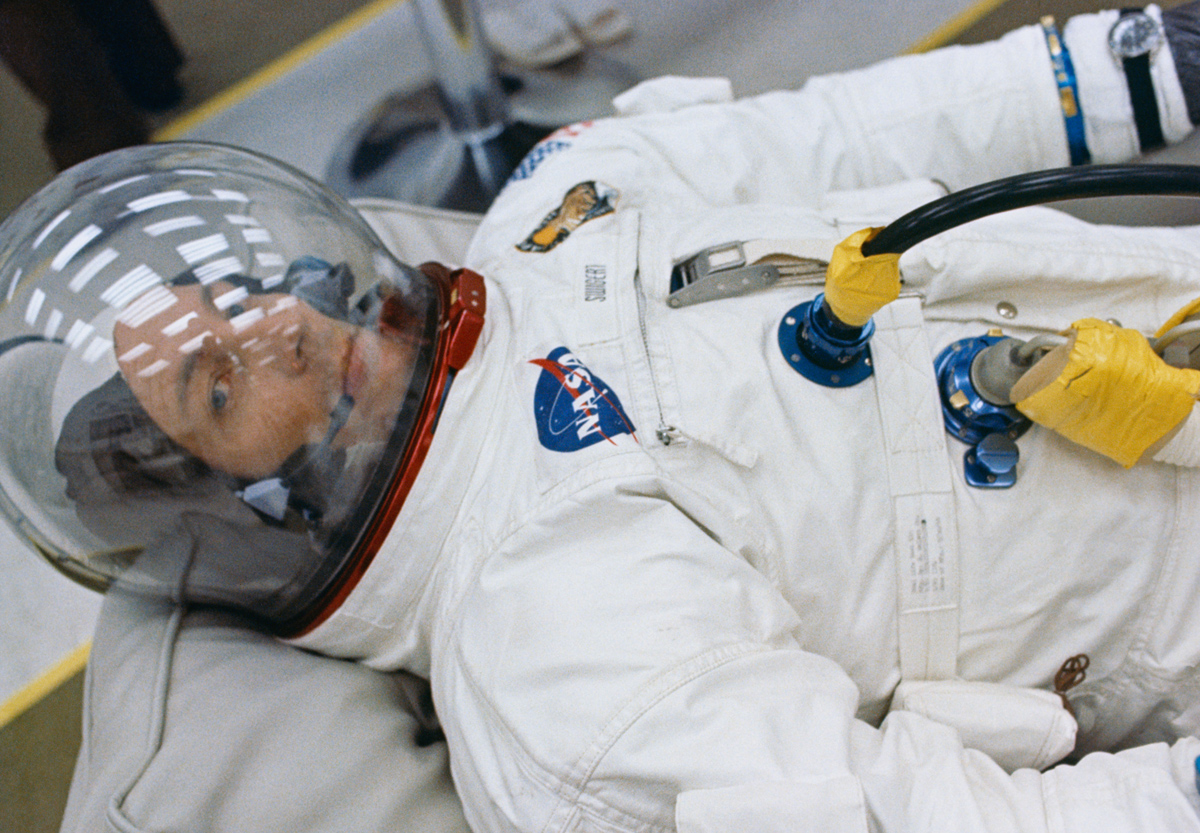
While seemingly resting, astronaut Jack Swigert, command module pilot for the Apollo 13 mission, prepares for the ensuing launch in the suiting room at NASA's Kennedy Space Center. Swigert replaced astronaut Ken Mattingly on the Apollo 13 crew when it was discovered that Mattingly had been exposed to the measles. (Mattingly later flew on the Apollo 16 mission instead.)
Breaking space news, the latest updates on rocket launches, skywatching events and more!
Landing practice with a "flying bedstead"
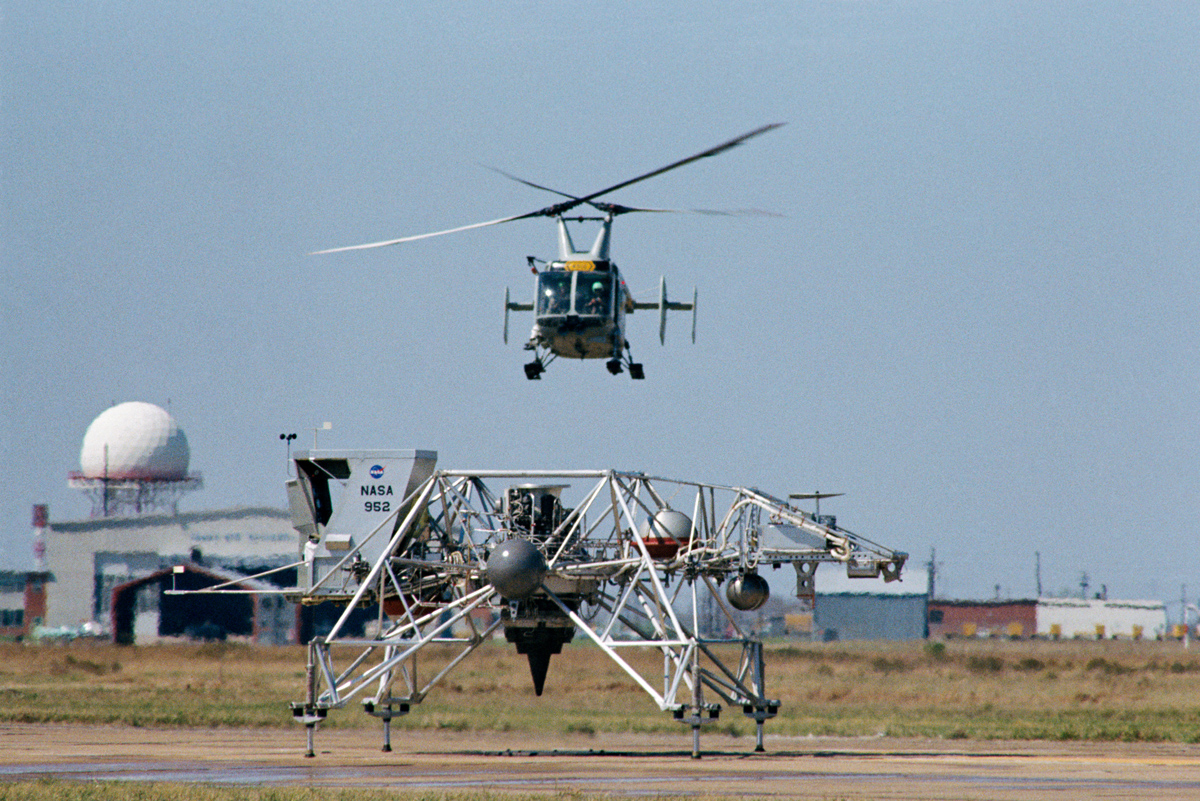
A test flight of the Lunar Landing Training Vehicle (LLTV) ends as astronaut Jim Lovell lands on a runaway at Ellington Air Force Base near Houston. Nicknamed the "flying bedstead," the LLTV allowed astronauts to master the intricacies of landing on the moon by simulating the lunar module's performance. Lovell would later command the Apollo 13 mission in April 1970, which aimed to land in the lunar highlands just north of Fra Mauro on the moon. That mission never made it to the moon.
Water egress training
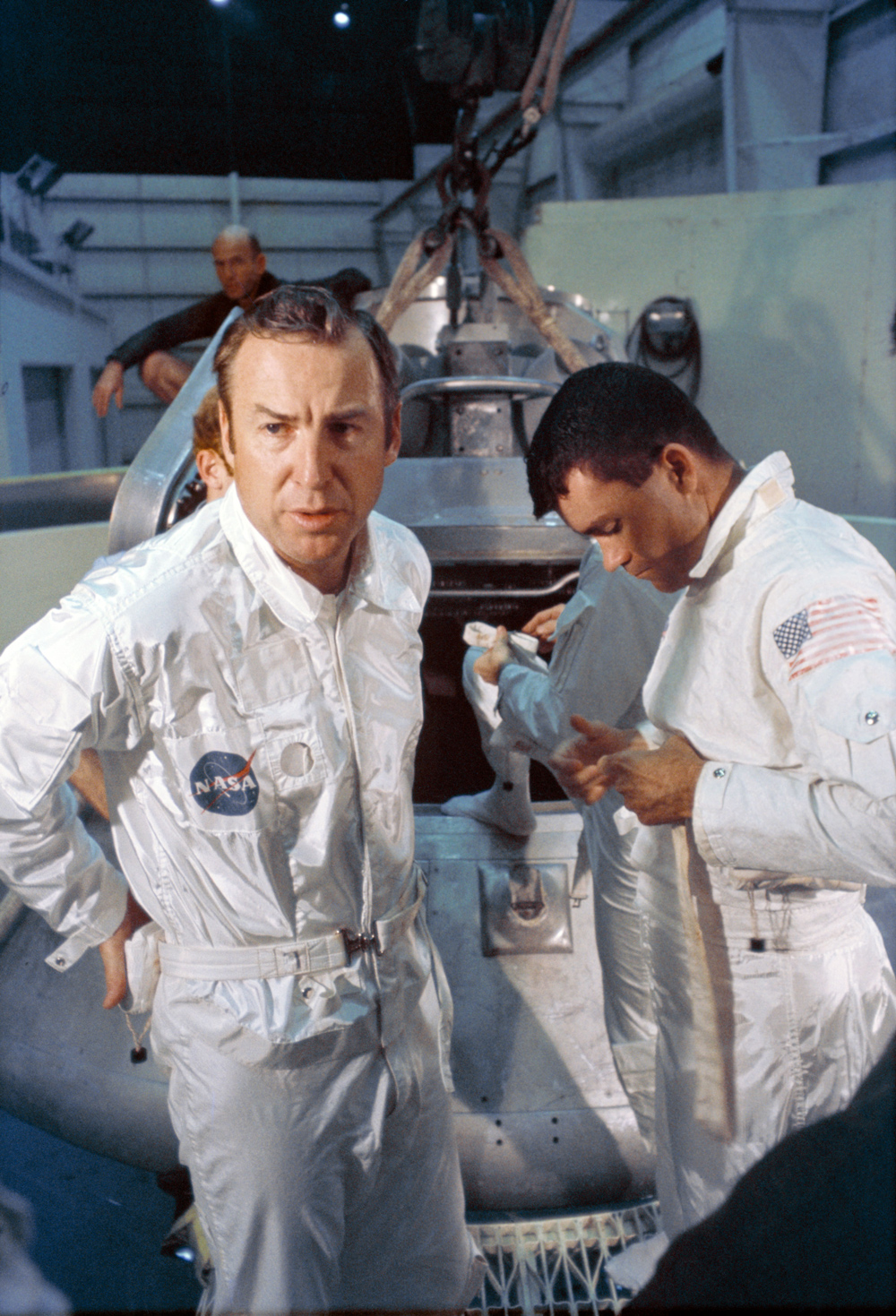
The Apollo 13 lunar landing mission prime crew members Jim Lovell (left), Fred Haise (right) and Ken Mattingly (behind Haise) prepare for water egress training inside Building 260 at the Manned Spacecraft Center in Houston. Mattingly, who was originally slated to fly on the Apollo 13 mission, was replaced by his backup crewmember, astronaut Jack Swigert, because he had been exposed to measles before the launch.
Underwater
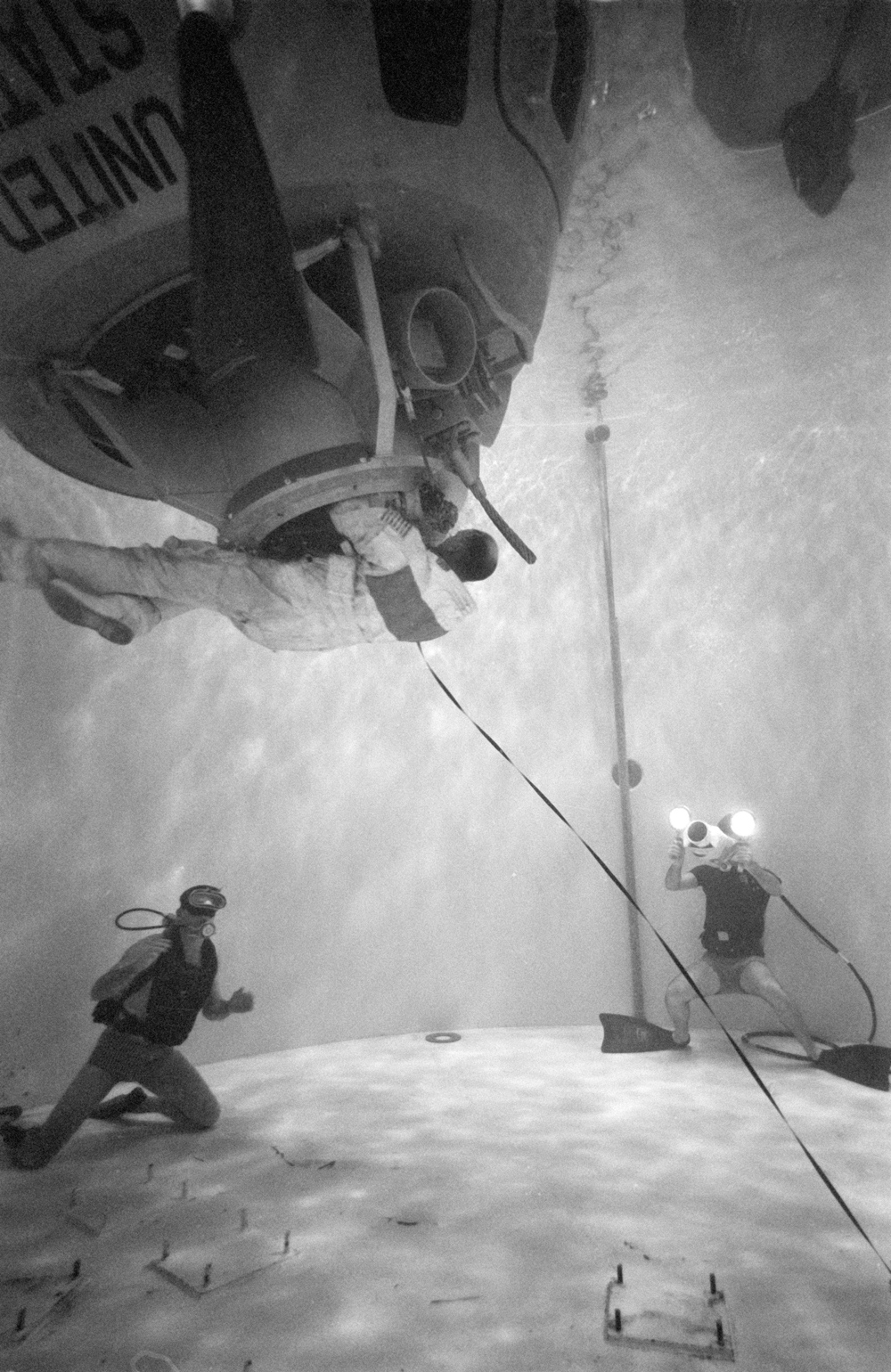
In a water tank inside the Manned Spacecraft Center in Building 260, astronaut Ken Mattingly, the original command module pilot of Apollo 13, completes a water egress training exercise.
Training in Hawaii
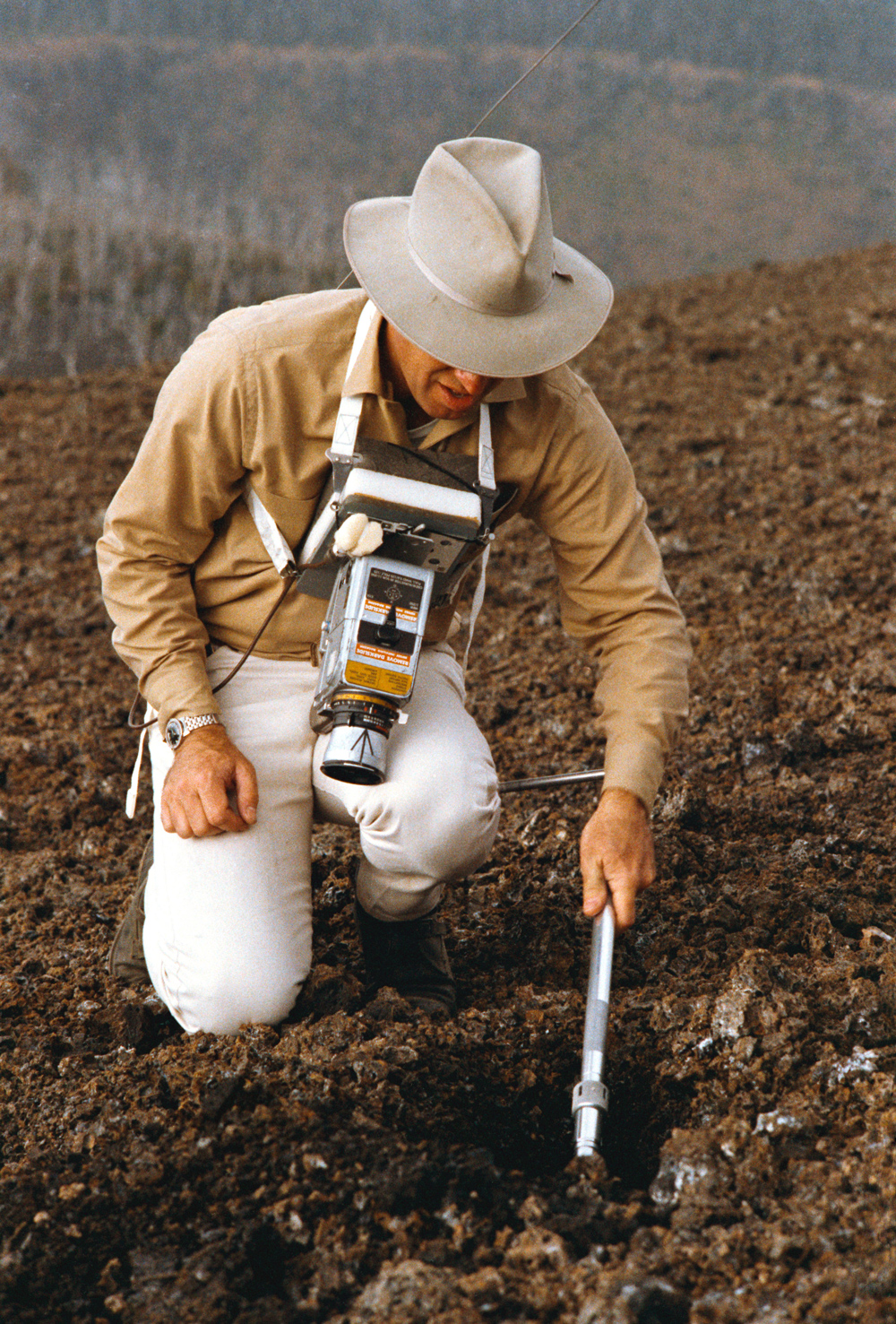
During a December 1969 simulation, astronaut Jim Lovell, commander of the upcoming Apollo 13 lunar landing mission, practices with a scoop from the Apollo Lunar Hand Tools. The lunar surface traverse exercise took place at the Kapoho, Hawaii training site.
Practice for the day
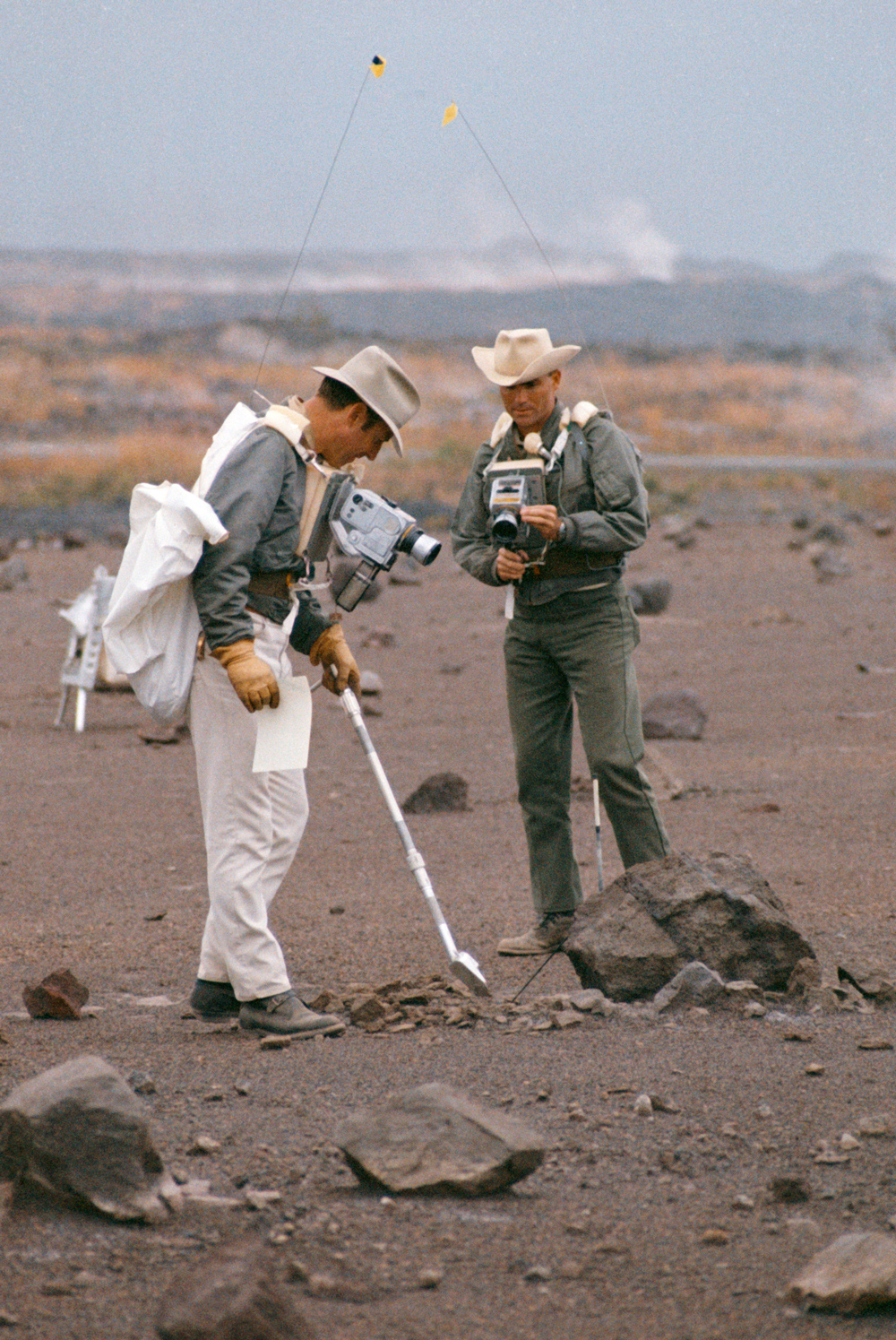
Two crewmembers of NASA's Apollo 13 lunar landing mission practice using tools from the Apollo Lunar Hand Tools and a gnomon. Astronauts Jim Lovell (left) and Fred Haise are pictured carrying cameras and communications equipment during the simulation.
EVA walkthrough
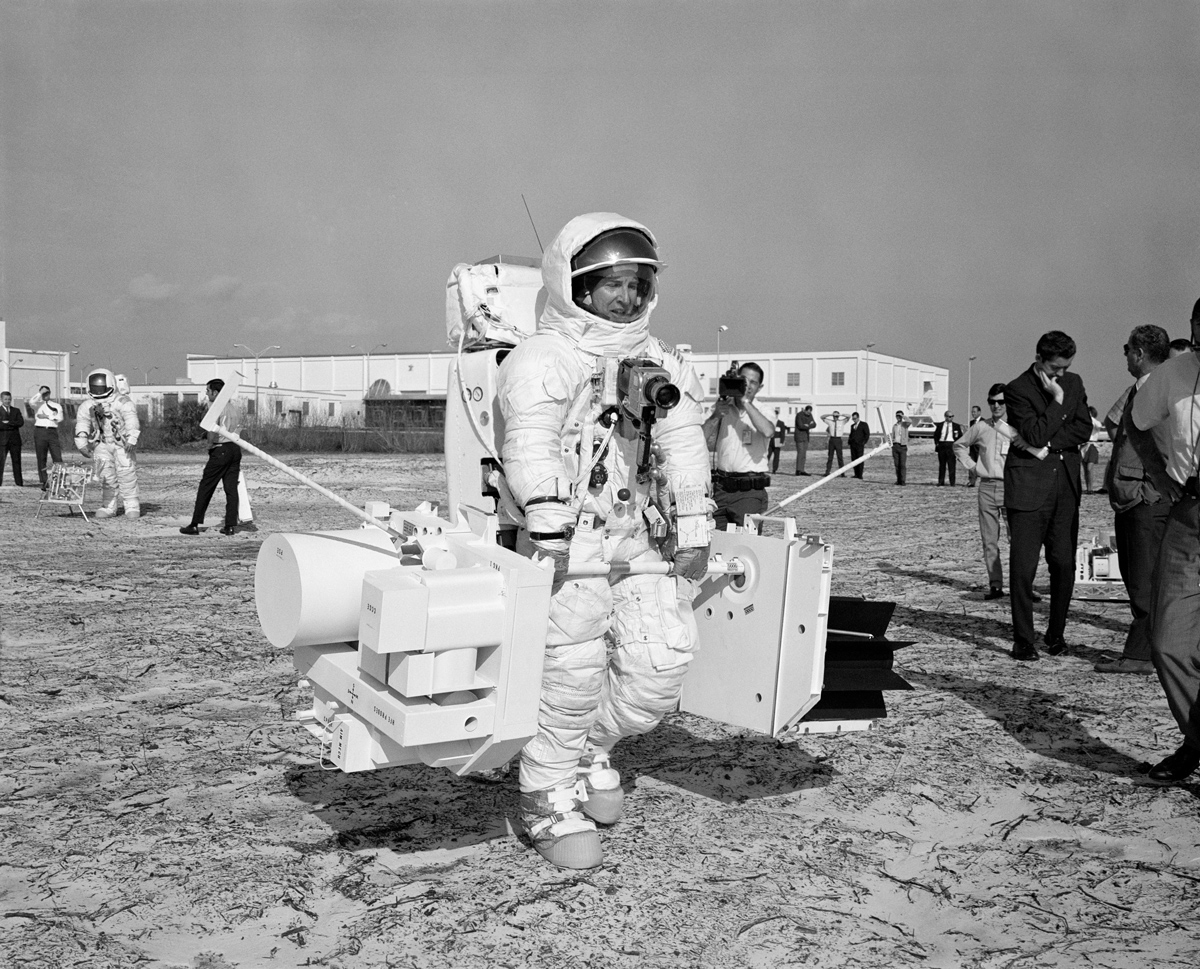
At NASA's Kennedy Space Center in Florida, Apollo 13 astronaut Jim Lovell participates in a simulation of the extravehicular activity, or "moonwalk" timeline. Lovell moves carrying two sub-package mockups of the Apollo Lunar Surface Experiments Package. In the background to the left is Apollo 13 astronaut Fred Haise.
- Apollo 13 in Real Time website offers new insight into mission, 50 years later
- Apollo 13 astronauts share surprises from their 'successful failure' mission
- What if Apollo 13 failed to return home?
OFFER: Save 45% on 'All About Space' 'How it Works' and 'All About History'!
For a limited time, you can take out a digital subscription to any of our best-selling science magazines for just $2.38 per month, or 45% off the standard price for the first three months.
Join our Space Forums to keep talking space on the latest missions, night sky and more! And if you have a news tip, correction or comment, let us know at: community@space.com.

Christine Lunsford joined the Space.com team in 2010 as a freelance producer and later became a contributing writer, covering astrophotography images, astronomy photos and amazing space galleries and more. During her more than 10 years with Space.com, oversaw the site's monthly skywatching updates and produced overnight features and stories on the latest space discoveries. She enjoys learning about subjects of all kinds.

